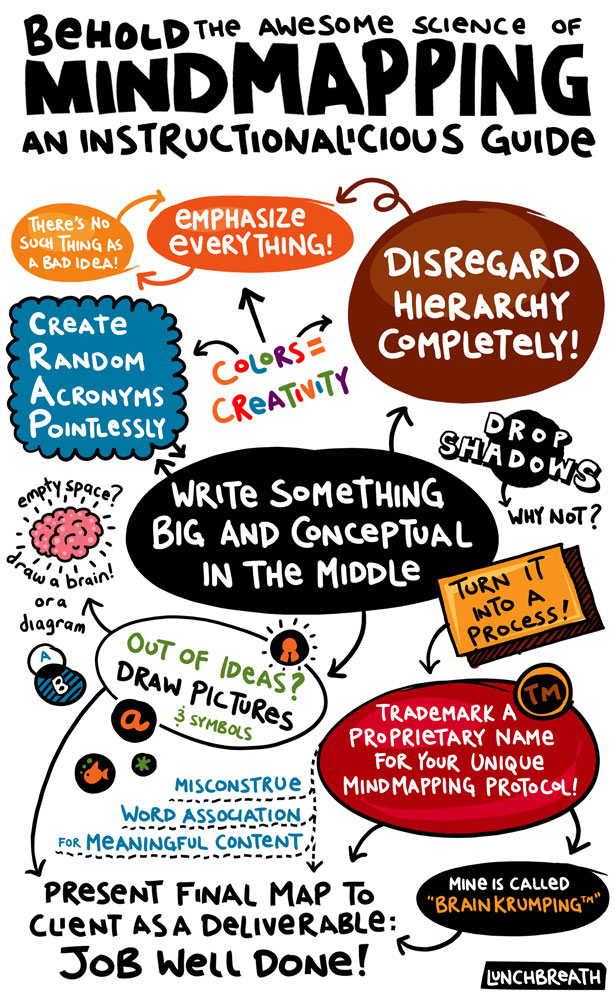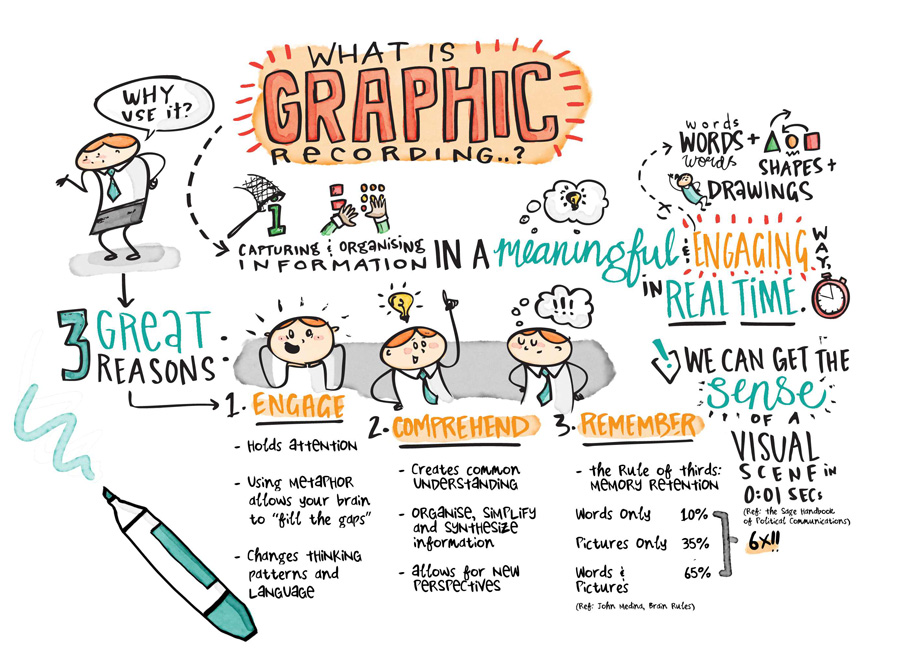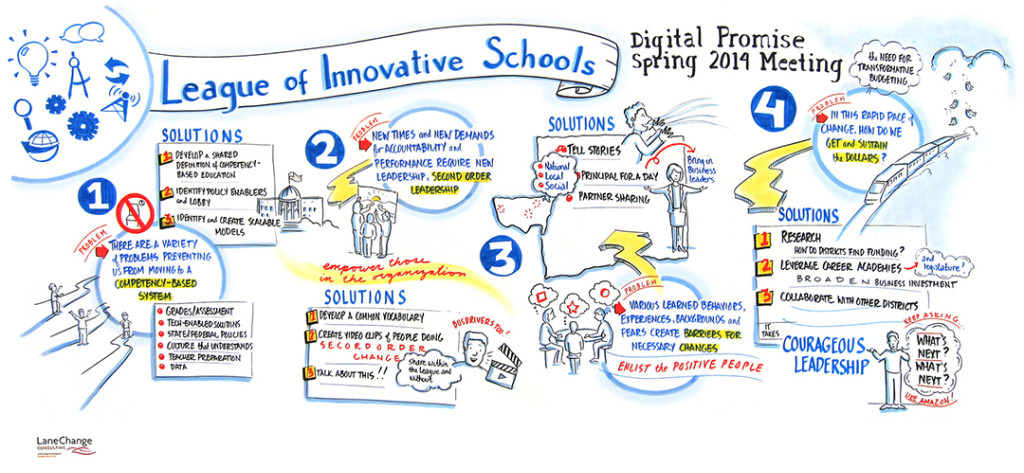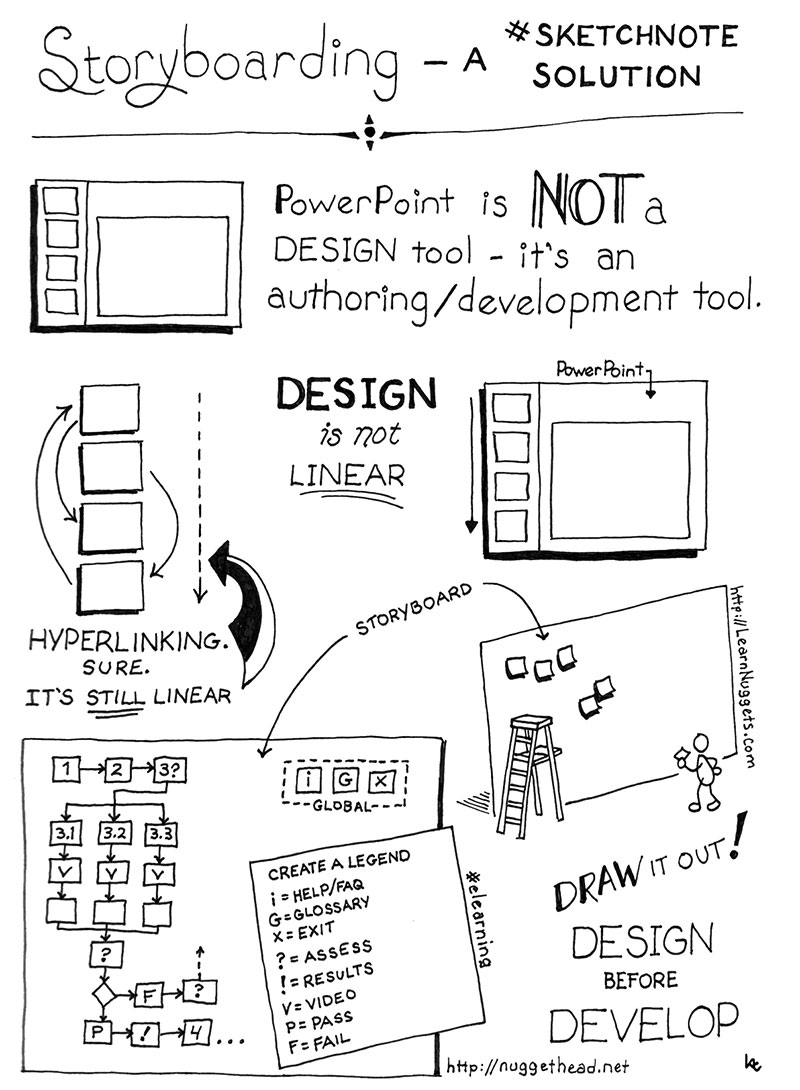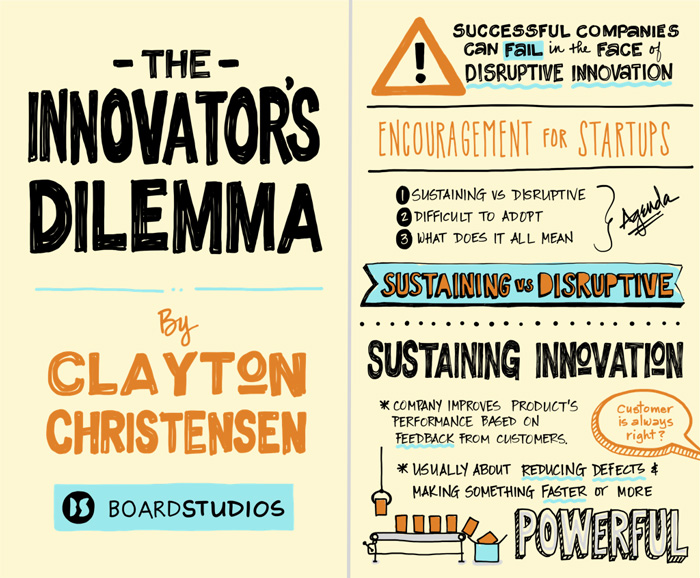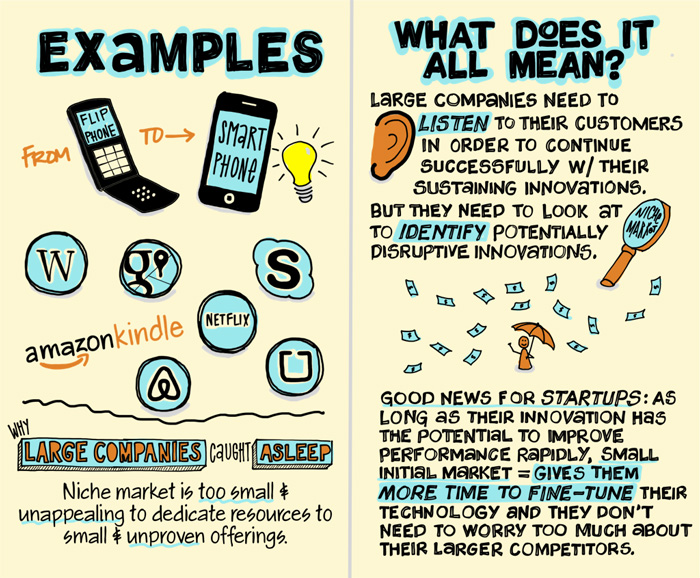https://optinmonster.com/73-type-of-blog-posts-that-are-proven-to-work/
73 Types of Blog Posts That Are Proven to Work
Are you running out of blog post ideas? Not
sure what type of blog posts you should write? Don’t worry. In this
article, we will cover 73 different types of blog posts that are proven
to work, so you will never run out of blog post ideas again.
1. Tutorials and How-to Guides
Tutorials and How-to guides are probably the
simplest type of blog post you can work on. They are easy because they
involve you talking about things you are already familiar with such as
your product or service.
The most important thing when it comes to
how-to guides is to break down your tutorial into the smallest steps and
into the simplest terms. Don’t assume your readers know what they’re
doing — this is a tutorial, remember?
Think about your recent work, and you can
probably find some great ideas for you to write a tutorial on. Our
co-founder built the largest WordPress resource,
WPBeginner, by following this exact same principle.
2. Latest Industry News
You have your morning routine, just like I do.
You skim the online news and find the latest trends in your industry.
Why not make your morning routine into a blog post?
Find few of the most recent events in your
industry and blog about them. You can even link to news articles if you
feel it is appropriate.
The important thing is that you add your
“flavor” to it (thoughts, criticism, etc). You will have a new blog post
in minutes! (Here’s a
good example).
3. Current Events
Similar to the point above, this one is even
more generic. What do you enjoy reading about? What catches your eye?
What will you talk to your friends about? Write about THAT!
News is always happening, from the latest
Marvel movie to Russia’s latest antics. The brilliance of writing a post
on current events is that people are already looking for more
information and thoughts about these subjects. Your opinion post on
current events could become the next viral sensation!
It’s even better if you can tie the current events with your product or service.
4. Controversial Subjects
This type of blog post can be really fun to
write, but remember to be wise. Controversy is always newsworthy — just
look at the local news, they’re always reporting on different
controversies!
You just need to figure out which controversy
interests you, and how you can add to the conversation. Be sure to use
the keywords around the controversy too. Mac vs. PC, MailChimp vs
AWeber, Gun Control, etc. are just some basic ideas.
Since controversies are highly emotional, you want to be careful and choose your words wisely.
5. Checklists: Do you have all that you need to ____?
Checklists are one of the most simple
types of content to make. You probably make lists all the time such as your grocery list, supplies lists, to-do lists, etc.
All you have to do is take that same concept and apply it to your industry or blog.
If you are in real estate, come up with a checklist for an open house.
If you are in photography, write down your
engagement session checklist to make sure you have all that you need for
the perfect engagement session.
To perfect the checklist, take a common task and break it down into short, actionable items.
6. Listicles
Who doesn’t love lists right? List articles
are always among the most shared on the internet. You can create a list
of just about anything.
Perhaps it is a list of your favorite places
to eat or your summer reading list, or your favorite web applications.
The possibilities are endless.
The best part is, you decide!
7. Infographics
From charts to lists to
myths vs. facts, everything you can think of can be made into an infographic. That’s why everyone loves them!
![OptinMonster provides customers actionable insights via monitoring of email campaigns]()
OptinMonster monitoring provides actionable insights
Admittedly, the more professional the graphic,
the better it is, but you can still make an incredible post by
producing a chart you made in PowerPoint. The key is to win people over
with a chart or graph that helps explain things.
8. Case Studies
People love hearing success stories and
learning about what goes on behind the scenes. Case studies are fairly
easy to write and are great for
social proof.
Look through your customer list and determine which one has been successful in using your product.
Email your best customers, talk through how
they have used your product or service to improve their business, and
then share the case study on your blog. You’ll be amazed how a single
case study can inspire and attract tons of new customers.
Here’s an example
OptinMonster case study of how a Swedish website increased conversions by 800% using OptinMonster.
Want your site featured on OptinMonster case study? Simply
send us an email (we love highlighting our customers).
9. Profiles
Much like a case study, you can write a
profile post about anybody. You can write a profile post about an
industry leader, your customers, or someone who’s up and coming in your
industry.
The profile post should give some biographical information about the person and links where users can find more about them.
You can probably guess that you should put
information on why you chose to write an article on this person, but
also consider adding some facts that aren’t well known so that your post
can stand apart from any other resource.
10. Interviews
You can perform an interview in a matter of
minutes. Who is an important person in your area of interest that you
believe would spark the interest of your readers?
Discuss with this person current events or get
their ideas of what’s coming next in your industry. The goal here isn’t
just to have an interview, but to talk about things that your readers
want to know about.
It could be business insights, lessons they’ve learnt, sharing their expertise, etc.
One of OptinMonster user,
John Dumas, has an entire site where all he does is interviews with successful entrepreneurs.
11. Advice from the Experts
This one is similar to interviews, but it’s a lot easier to compile and are a lot likely to go viral. Why?
Because it’s a combination of Listicles and
Interviews. You can message multiple experts with your question (via
email, twitter, or another social network).
Since it’s a single question, it’s a lot easier for these busy individuals to answer.
Then you can compile all of the advice into one posts.
12. Reviews
We all look for reviews before purchasing. It
is what everyone does nowadays. So why not write a review for the latest
gadget or service you’ve bought?
Spend a few minutes of your day, write down
the pros and cons of your product, and give your recommendation. While
it may not seem like a lot of work for you, it can bring in a lot of
traffic.
13. Comparisons
After you do the review post, you can follow
it up with a comparison post. Think through a few alternatives that one
can work through and present the ideas altogether.
In a similar style to a review, a comparison
is like a group review. While you are not going as in-depth as a review,
you are able to be more widespread with your thoughts and opinions.
You can combine a comparison and infographic like this article
14. Video Blogs
Video blogs, or “vlogging”, is becoming more
and more popular these days. Video blogs give you the luxury of
discussing a lot of content with relatively little effort.
Instead of spending time writing out a blog
post, using special formatting, adding images, etc, you can just set up a
webcam and speak your mind.
15. MP3s
If you want to post more on your website, but
don’t like doing videos, then you should consider podcasting. While you
can definitely build your podcasting into a full show, you can begin
with simple MP3s where you share your thoughts.
Just remember, as you build out your audio
presence, you need to make it easier for your subscribers to tune in to
your show. They may read your blog and check out your occasional MP3s,
but you will likely want to eventually have a page on iTunes, Sticher,
etc.
One of OptinMonster’s users, Michael Hyatt has an
awesome podcast that I recommend you check out.
16. Resources
Everyone likes to figure out the best way to do something. Your readers are no different, so help them out.
Whether it is toolsets, books, websites, whatever, compile a list of resources and share them with your readers.
Just be sure to give them more than just the name of the resource. It’s important to explain why you are recommending it.
You can even turn your resources page into a call-to-action like our co-founder Thomas Griffin has done on
his website.
17. Problem and Solutions
Have you ever wondered why news stations
always talk about something going wrong? Conflicts and problems draw
crowds. But in this instance, you can highlight a problem where you have
a solution.
Let’s say you are running a great blog with
well over 1,000 subscribers. Consider writing a blog post on how you
improved your SEO to build more traffic.
18. Share What Others are Saying
Often times people get stuck trying to write
brand new content when you can instead write a posts that acts as a
collection of recent discussions.
Scour a few blogs and listen to a few
podcasts. Then write all your favorite quotes, ideas, and topics into a
blog post and share your post of quotes for your readers to enjoy.
19. A Glance “Behind the Curtain”
Beginners in any industry or field want to be
just like their heroes. If you’re a fan of basketball, you want to be
like Michael Jordan or Kobe. If you are in tech, you want to be the next
Steve Jobs. We all want to know how they accomplish the great things
they did.
For this post, share your daily or weekly
routine with people. Let them see “behind the curtain” into the real
life of your business. You don’t have to share corporate secrets or
anything. The idea is to let people job shadow you via a blog post.
20. Inspirational Stories
Although controversy sells, so does
inspiration. Share some good news. Share about a major breakthrough your
company had that really put you on the map. Talk about how your
grandfather inspired you to start your craft.
Inspirational and hopeful stories go viral
because it is something people want to experience themselves. So share
your story of hope and watch it inspire others to do the same. Your
success is a story that needs to be told.
21. Parody Posts
Parody posts are similar to general funny
posts but are focused more on taking something that is common place in
your industry and making to comedic.
Whether it is Michael Moore’s Guide to Being a
Conservative, to a support group for Introverts who love to give
speeches, your readers are ready for a post to lighten them up.
22. Funny Posts
Just the other day I read a post about 20
reasons to stay away from North Carolina. Do you know what it contained?
20 reasons, written as negatives, that actually highlighted the
beauties of North Carolina. This funny post doesn’t need to be related
to your normal blog. This one is purely for fun.
Whether your post is ironic, or filled with
sarcasm, consider writing a parody post and give people a smile. Who
knows, your “20 Reasons Why I Want a Pet Platypus” may just be a hit 😉
23. Quizzes
We all enjoy quizzes, especially if we can
compare our results to everyone else. It makes us feel smart. So why
don’t you create a fun quiz for your readers?
Don’t forget to add a social share to the bottom of your quiz results for others to see and join in.
24. Surveys and Polls
Surveys and polls are like quizzes, but more
for your benefit rather than testing your reader’s knowledge. You can
survey and poll your readerships to figure out new features for your
products, to get ideas for your blog, and more.
There are a variety of survey tools and forms that you can use to embed your form on your page.
25. Local News (Non-Business)
Another fun post you should consider writing about is a post about the local news in your area.
This type of post can be especially helpful if
you run a business that works in that community. Even if you run a
recipe blog, the post can show your readership that you are well-rounded
and involved with your community, which can help people relate more to
you.
26. Presentations and SlideShare
Like the infographic post, you can create a PowerPoint presentation or a SlideShare about whatever peaks your interest.
If you are looking for inspiration, head over to
SlideShare
and see what others have already done. Remember, you don’t have to
share the best presentation. Just focus on providing good content to
your readers.
27. Frequently Asked Questions (FAQs)
Frequently Asked Questions are fantastic posts
because it is likely that your readers have already googled these terms
in hopes of an answer. OptinMonster has written posts that answer these
common questions and they have performed well.
You can do a couple things. You could write
one long post answering all the frequently asked questions. But it may
be more beneficial to create a blog series.
You don’t have to tell your readers it is a
series. Just answer a common question once a week, and you will have
great content that is likely beneficial for SEO as well.
28. Questions You Should be Asking
The “Should Ask Questions” (SAQs) is also a
great avenue of inspiration. Where FAQs are questions that your visitors
are usually asking, your SAQs are the questions that an informed
visitor knows to ask.
Much like new drivers who may be ignorant to
the basics of car maintenance (i.e.: average annual maintenance costs),
your post can help educate your readers on questions they should be
asking and why it is important to ask those questions.
29. Twitter Posts
Scour the Twittersphere and see what’s popular. You can embed popular tweets and provide your commentary on them.
Whether you are embedding tweets from your
favorite people, most loyal followers, or random people posting on a
certain Twitter campaign, you can develop a blog post in a matter of
minutes.
30. Contests
Running a contest doesn’t have to be hard
work. Just think of a need for your company or blog and offer a prize
for the most favored contestant.
The trick for a successful contest is not
spending lots of money, but to know both your needs and what is
desirable from your readers.
31. Screencasts
The beauty of screencasts is that they are a
2-for-1 gain for you. A screencast can be a simple recording where you
walkthrough a feature or you show a cool and new way to use your
product.
You can create a screencast in a matter of
minutes, through in maybe 30 minutes of editorial work, and you can use a
platform like YouTube to host the video. With the benefit of YouTube,
you can even begin to build our your YouTube audience while entertaining
and informing your blog readers.
32. Time-Saving Posts (how to)
No one likes to waste time. “Time is money”. As a result, many people are searching for the next big thing in time management.
If you need inspiration, check out
Syed Balkhi’s post
about saving time by becoming more efficient with planning your
meetings. You can follow his lead by finding one area (like he did with
meetings), and show how you improved your time management.
33. Find Funny Videos for Blog Posts
We posted about humorous posts, but to take a different spin on it, consider creating a series of posts. Whether you offer a
Monday Morning Humor or another day, the point is to find something that you find humorous and to share content regularly.
The best part is that you are not a creator of content, but merely a
content curator.
You don’t have to worry about writing anything if you don’t want to.
And the best part is that funny posts are often shared, which means your
website can gain lots of exposure simply because of a comedic YouTube
video.
34. Conference Posts
Whenever you attend a conference, consider
posting about the major speeches, seminars, etc. Usually there will be
keynote speakers. So write about those people. Give summaries of their
speeches and highlight the main points or the questions that were left
in your mind after they spoke.
Other people may tweet about the conference,
so you can even embed any relevant tweets that you mind find while
researching and writing.
35. Event Summaries
Along the same lines as giving updates while at a conference, you can write a post that is a concise summary of the conference.
What were the major takeaways? What did you
think about the conference overall? What would you change? Will you go
again next year? These are the questions people want to know when they
think about attending conferences — is it worth it.
36. Top Take-Aways From Whatever
Have you recently finished a book? Maybe took a online course? Write a post about your top 10 take-aways from that resource.
This is like a review, but will be a lot
shorter and probably in a list format. Strive to make your take-aways
easily readable and shareable.
37. Think Out Loud Posts
If you’re anything like me, you are an
extroverted thinker. Instead of trying to figure everything out before
you post, just write a post with your unfinished thoughts — think out
loud!
Granted, it will help if you have your
thoughts at least organized, but don’t feel like you have to have a
perfect solution to problem or the finished plan for an idea. Just write
freely and post.
38. Rants
Yes! Go on a rant about something! Speak your
mind! Be free to share your frustrations! Just remember that whatever is
posted on the internet stays on the internet, and you have the
potential to start a firestorm.
So go ahead and rant, but for your own sake,
I’d encourage you to do ample research and to have someone else read
your post before you publicize it. While rants can easily become viral
content, they do have the potential to burn relationships.
39. Pop-Culture Commentary
Share your thoughts on the latest pop-culture
news and events. Is there a recent movie that has been released? A new
television series that you are hooked on? Talk about it.
Pop-culture events are popular by definition.
Your blog post can ride the wave of popularity while at the same time
provide you a fun distraction from your normal posts.
40. Beginner’s Guides
Beginner guides are popular because beginners
in any hobby or industry anxious to learn more and more. You can mentor
from a distance by creating a beginner guide that helps meet their needs
and provides great content for your website.
Beginner Guides can be great for SEO purposes
too because you should be explaining and defining new terms, while also
providing synonyms for common terms. In this regard, you can pack a lot
of keywords in a post in a way that is helpful and informative.
41. “Metrics to Measure” Guides
You’re an experienced writer. You know how to
run a successful website. But many people just starting out don’t know
where to start. What metrics are important? How do you improve those
metrics?
A brief post about the important numbers and
metrics to watch can be very helpful, and maybe a great recommended post
at the end of your beginner’s guide.
42. Recent Tools You Use
Have you tested out and tried any new tools
recently to help your business or blog? Are you still figuring out how
you like the tool and how effective it is? Talk about it!
This is not a full review, of course, but a
glance at what you’re doing to improve your business. Maybe you are
trying out a new social media tool, maybe you’ve changed your workflow,
maybe you finally came over to using a Mac instead of a PC (About time!
Welcome! 🙂 ) Whatever you decide, I encourage you to use some
screenshots because images or screenshots are always helpful.
43. Free Giveaways
Maybe this post is related to a contest but it
doesn’t have to be. Offer a free giveaway, maybe an e-book, and see how
many downloads you can get. If you want this to generate some possibly
new subscribers for you, then offer this giveaway in exchange for a name
and email.
If you need some ideas, combine some blog
posts into a nice ebook or maybe make some photographs you’ve taken and
let them be public domain. Everyone wants to
make money, but sometimes you can make money by occasionally give a few items away.
44. Guest Bloggers
So you’re frustrated at coming up with ideas?
Are you going on vacation and you don’t want to write extra blog posts?
Consider having a guest blogger.
Make this invitation only — reach out to bloggers your like and ask if they would be willing to guest blog for you.
45. Debates
Macs are better than PCs! Some of you probably
hate me for saying that, and a few are crying out “Linux!” So let’s
argue our points!
Create a debate post, maybe with the help of a
guest writer, and dialogue from different sides of controversial topic.
Many times this is done as a blog series. The fun part is that you can
play devil’s advocate and even argue for the side you disagree with.
46. Transcript Posts
Have you able to speak at a conference? Have
you spoken on a podcast recently? If so, you can share your meeting
notes as a blog post.
What’s even better is that you can use some
transcribing software to take an audio recording (from your speech or
podcast), and have it make you post for you. Just be sure to read
through it after it is transcribed to make sure everything translated
correctly.
47. Myth vs. Fact
Myth vs. Facts are really fun to make. Have
you ever gotten frustrated correcting a newbie in your field of
interest? And they fall over, and over, and over again for the same
false beliefs.
You can do something about it! Create a fun
post of the most common myths you hear and correct them with the facts.
If you are good with graphics, this can be a great time to combine your
expertise.
48. Monthly Updates and Stats
Are you working on new things? Talk about
them!! Feel free to share any recent additions to your company, or new
office moves, or recollect your recent product updates.
Monthly updates can also be updates with
numbers. These statistics can serve to give confidence in your blog or
in your product. Have 337 people bought your product this month? Share
it! Have you gained 20 subscribers this week? Talk about it!
49. Preview Posts
Give your readership a glimpse of what you are
working on. Whether you are releasing a new feature this week, or 6
months from now, give some insight to your subscriber base.
Preview posts actually can help your readers
feel more loyal to you because you are trusting them with knowledge that
hasn’t materialized yet. You are opening the door for them to question
and keep you honest on future releases. The bright side is that you will
likely follow through on those previewed items, so this is especially
helpful for those who get distracted easily.
50. Answer “Why?”
So many tech questions answer the “how”
question. “How do I do ____?” But you’re smart. You understand your
focus area and you can answer more than a “how” question. You can answer
the “why?”
Why should someone back up their site
regularly? Why is it important to add something to your espresso in less
than 8 seconds? How questions give knowledge. Why questions help give
wisdom. Share your wisdom and answer the why questions.
51. Search Twitter for Inspiration
We spoke earlier about using Twitter posts for inspiration, but you can also do advanced searches with Twitter.
Look for the questions people are asking on
Twitter. Or see what people are frustrated about. Then write a post
answering their post. After you publish, you can then tweet at them with
your posts — you’re bound to get at least one read!
52. Cheatsheets
I remember in college that one of my
professors would let us have a notecard size cheatsheet to keep key
information that would help us in our exam. The goal of the cheatsheet
wasn’t to have every answer, but to give guidance and help in the hard
parts.
We need cheatsheets for life! So write one! If
you have a food blog, give a cheatsheet with conversions for common
measurements. Unlike a checklist, this isn’t meant to be exhaustive but a
post about knowing the main things or the easily overlooked things.
53. Criticisms and Open Letters
You may think this is like the rant, but you
would be wrong 🙂 In this situation, you are ranting against a person or
organization. Maybe you are against their policies or perhaps they just
did something really dumb. Either way, you have some words for them.
You can write a open letter of critique that
addresses your concerns. Much like the rant, I would have one or two
trusted friends or family read your post before you officially publicize
it.
54. Share Recent Travel Experiences
You don’t need a travel blog to talk about
your travels! Use your current blog as a random plug for your favorite
destination spot. Let others live vicariously through you!
Just remember that no travel blog post is complete without at least one picture!
55. Gallery / Album Posts
Have you been on vacation lately? Do you have
any new products to sell? You can create a gallery or even an album of
galleries and share them in a blog post.
You don’t have to worry about coming up with a great story, just give them a summary of what the photos are.
56. Talk About Your Successes and Your Failures
Vulnerability is a tricky thing. It is not
easy for me or anyone to be honest with failures. But ironically, the
vulnerability that is so hard to share can be some of the most helpful
and popular content.
Think about writing a post. Where you
succeeded. Where you failed. Share it with your readers and you will see
just how popular your content can be.
57. Auto-Biographical Post
Everyone loves to talk about themselves,
right? And when you’re looking for content to post on your blog, what
better content than to talk about yourself?!
You can talk about your education, favorite
hobbies, funny stories with your dogs, whatever you want. When you share
experiences, you’ll be amazed to find that some people love the same
things you do — and you may just get some more subscribers!
58. Share Recipes
There is a reason why recipe posts are so
viral — people need to eat! Therefore your post can help attract
attention from all across the world.
For SEO purposes, be sure to include any
alternate names for your dish or drink, as well as giving very precise
measurements and cooking instructions. I love apple desserts, so feel
free to share those!
59. Curate or Summarize Someone Else’s Work.
There is a saying that there is no such thing
as original work anymore — we all copy ideas from someone else. The
difference however is when you present information, are you doing so in a
new and helpful manner.
So am I telling you the copy someone’s post,
word for word? No! Research, compile the information, and make a new
post. If you use someone else’s work, then be sure to give your sources
at the bottom of your post.
60. Holidays
Holidays are always popular and people always
google them, whether to find the date of the holiday, to find recipes,
game ideas, you name it.
When you write your post, talk about any
special sales you’ll be having, share fun holiday traditions, or share
pictures from your holiday party. Make your holiday post the viral post
of the holiday among your readers!
61. Thankful Posts
Showing gratitude is a simple way to write a
blog post. The trick is to be specific. Obviously, be specific of who
you are thankful for. But also be specific on what you’re thankful for.
When in doubt, you can always write a post of
gratitude for your readers and subscribers. Explain how they’ve
motivated you to keep working hard and how they’ve given you
inspiration.
62. Show Your Response to an Interesting Customer Question
Have you had any interesting or intriguing
customer questions recently? Make a post about it, where you also
include your response to the customer. Tell people why you’re sharing it
and how you think it can help future readers.
Unless you have expressed permission, be sure to change the names so that you can let them keep their anonymity.
63. Create a Glossary
Glossary posts are incredibly helpful and are
fantastic for SEO purposes. And they’re really helpful for users of all
levels — beginner’s to learn new things, and advanced users to refresh
their memory on less common terms.
Research current glossaries and figure out the
top-searched terms in your industry. Then make your glossary and what
it get shared!
64. Share Who is Important to Follow
You’ve written for a while and you’re great at
what you do. But there are other major players that are important to
follow. So help your readers stay informed.
Consider writing a post on “Who’s who” in your
industry. You can link to their Twitter handles, their websites, etc.
Be sure to message those industry leaders as they very well may share
your post too.
65. Best Sources of Inspiration
What is your muse? What gives you inspiration for writing, creating new things, developing new products, reaching new markets?
Do you have a favorite playlist? Visit a
favorite park bench with a great view? Share what inspires you to create
and ask your readers to submit their own sources. Who knows, maybe
you’ll find a new way to be inspired.
66. Recount the History of Your Blog or Business
How did you make it this far? How has your
business grown over the years? Share the story of your business’
history. Let your readers know how your blog has developed over the
years.
The cool thing of writing about your history
is that you can relive your failures and success and be inspired with
new directions for the future.
67. Aspirations for Your Blog / Business
Speaking of looking forward to the future,
consider posting about your aspirations for your blog or business. Where
would you like to be in 2 years relative to the market as a whole? Is
there a niche you desire to break into?
Now, to be clear, I’m not asking you to
divulge secrets that would compromise the success of your business. But
there is a difference between speaking of reaching out to new markets
and sharing the specifics of corporate strategy.
68. Best Mobile Apps for your Industry
Since the world is increasingly going mobile,
developers are building better and faster apps for phones. Some of those
apps make both your life and mine a whole lot easier.
What apps do you use to stay ahead of the
game? Traveling apps? Wall Street Journal subscription? Share what
mobile apps help your perform better and why you would recommend others
download them as well.
69. Roundups
Weekly roundups are becoming more commonplace.
You can share your updates from the week, any frustrations you’ve run
across, and any hopes for tomorrow.
I personally enjoy weekly roundups as a way of
clearing one’s head. You can write what has been going on and get focus
for the next week.
70. Get thoughts from Newbies
Consider a post where you purposely reach out
to the newbies of your industry. Not the thought leaders but the
newcomers to the field. Now, before you say I’m stupid for suggesting
such a thing, consider the idea of “group think”. Group think is when
you are around the same people for so long that you all think of the
same pros and cons for things.
Newcomers do not enter in the arena with those
habitual bias and therefore can provide creative solutions to
historical problems. They can give ideas for new ways of doing things
that may even help your business.
71. Memes
Everyone loves s good meme. At least I do 🙂 .
Create a meme post from the meme’s you’ve enjoy the most or even
created yourself.
There are a ton of meme generators out there. Find the inside jokes of your field and pump out some new memes.
72. Charity / Awareness posts
Public service is popular these days. Why not
write a post about a cause you believe it. Whether you are bringing
awareness to new cancer research or you’re encouraging women to get into
the tech industry, find something that you believe in and talk about
it.
The cool thing about charity and cause posts
is that they serve multiple purposes. They aid the cause while also
proving a good opportunity to improve the reputation of your brand.
73. Recycle Old Posts
Last but certainly not least, you can make updates to popular posts with latest and greatest information.
Use Google Analytics and see which posts have
been the most successful. Next, see if there is anyway to update it.
Maybe there are better resources available, new stats, better images,
etc. Since the post already has great success, you are bound to only
increase its popularity with your new information.
I hope you enjoyed these 73 types of blog
posts that are proven to work. Please consider sharing it with your
friends on social media, and don’t forget to follow OptinMonster on
Twitter and
Facebook.

